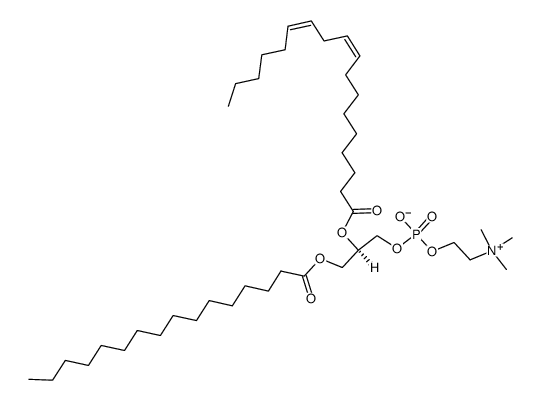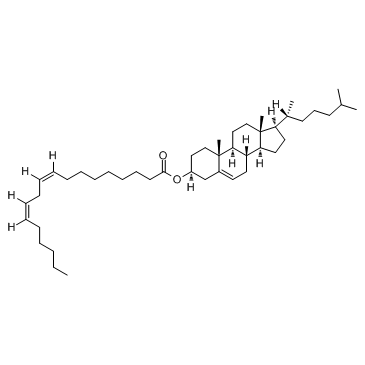| 结构式 | 名称/CAS号 | 全部文献 |
|---|---|---|
 |
2-亚油酰-1-棕榈酰-十六烷酰--sn-甘油-3-二氧磷基胆碱
CAS:17708-90-6 |
|
 |
亚油酸胆固醇酯
CAS:604-33-1 |